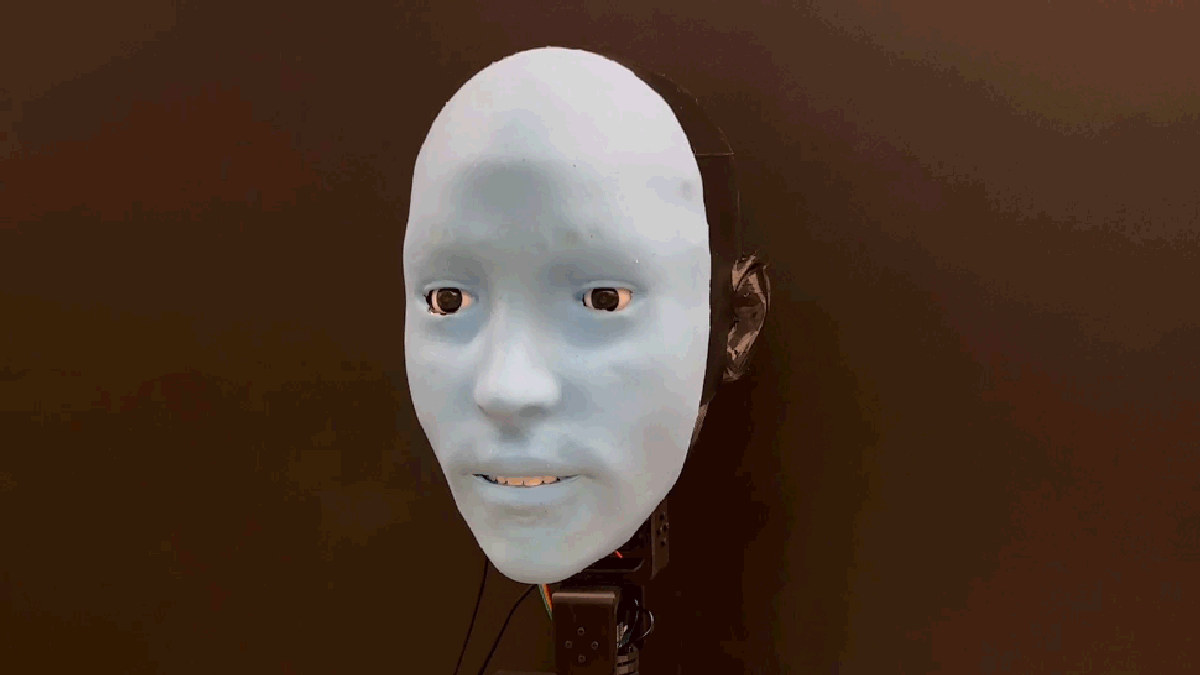Advancements in Human-Robot Interaction: Creating Emo, the Mimicking Robot
As robotics and artificial intelligence technology continue to progress, the quest to make robots more approachable and less intimidating has become a prominent area of research and development. One particular breakthrough in this field involves the creation of a robot that can replicate the facial expressions of the person it interacts with, aiming to enhance human-robot interaction.
The Development of Emo
In a recent paper published by researchers funded by the National Science Foundation, the creation of a new robot named “Emo” was detailed. This anthropomorphic facial robot represents a significant advancement from its predecessor, “Eva.” The primary objective of Emo’s design was to achieve what researchers refer to as “coexpression,” enabling the robot to mirror the facial expressions of a human conversant in real-time.
To accomplish this feat, researchers implemented a predictive algorithm trained on a vast video dataset capturing human facial expressions. This algorithm, embedded in Emo’s hardware, enables the robot to anticipate and emulate the facial expressions of its interaction partner based on subtle facial cues. The robot’s hardware consists of 26 motors and actuators, strategically placed to create symmetrical and unsymmetrical facial expressions, including eye movements and neck motions.
Customizable Interface and Adaptive Learning
Emo’s unique design includes interchangeable silicone “skin” with 30 magnets for easy attachment and customization. This feature allows users to personalize Emo’s appearance, enhancing the robot’s relatability and adaptability in various settings. In addition, the robot is equipped with high-resolution RGB cameras in its “eyes,” enabling it to observe and mimic the facial expressions of its conversational partner.
Researchers further enhanced Emo’s capabilities by implementing a learning framework consisting of two neural networks. These networks, known as the self-model and conversant model, enable Emo to predict and replicate its own facial expressions as well as those of the individual interacting with it. Through the integration of advanced software and hardware components, Emo can seamlessly mirror human emotions and expressions, fostering more natural and engaging interactions.
This groundbreaking technology showcases the potential of human-robot interaction, opening doors for future advancements in the field of robotics and artificial intelligence. By successfully bridging the gap between man and machine, Emo stands as a testament to the innovative progress in creating intelligent and personable robots for diverse applications.
Image/Photo credit: source url





